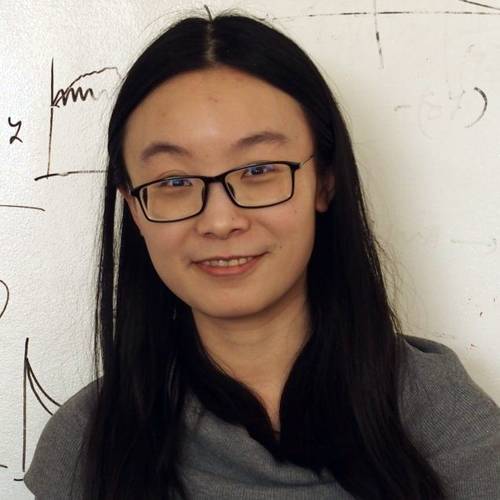About This Webinar
Recent experiments have demonstrated the capability of speckle contrast optical spectroscopy (SCOS) to measure dynamics in both mouse and human brains, exploiting speckle statistics. For mouse brain measurements, we present a short-separation speckle contrast optical spectroscopy system to enhance the sensitivity to the static and slow tissue components, as compared to a traditional wide-field laser speckle contrast imaging system. and extracted both the slow cellular and fast blood flow dynamics.
For human brain measurements, Cheng’s team has developed the fiber-based SCOS system to measure human cerebral blood flow and brain functions. Their results show that SCOS outperforms traditional diffuse correlation spectroscopy by more than an order of magnitude in signal to noise ratio and at lower financial cost. This technology will establish the foundation for devices that use spatial speckle statistics to non-invasively monitor human cerebral blood flow, leading to a new functional neuroimaging approach for cognitive neuroscience.
*** This presentation premiered during the
2023 BioPhotonics Conference. For more information on Photonics Media conferences and summits, visit
events.photonics.com.
About the presenter

Xiaojun Cheng, Ph.D., is a research assistant professor in the Department of Biomedical Engineering at Boston University. Cheng has a doctorate in physics, conducting fundamental studies of wave scattering inside ordered and disordered media at the City University of New York. She then did postdoctoral work at Boston University with Dr. David Boas on modeling and system designs for various optical imaging techniques.
She has worked on optical microscopy for mouse brain imaging using multi-photon microscopy, optical coherence tomography (OCT), and laser speckle contrast imaging (LSCI). She has also worked on measuring human brain hemodynamics using techniques including functional NIR spectroscopy (fNIRS), diffuse correlation spectroscopy (DCS), and has developed the novel fiber-based speckle contrast optical spectroscopy (SCOS) system and the data processing pipeline for human cerebral blood flow measurements. Cheng’s focus is to exploit the speckle pattern arising from the interference of coherent scattered light to probe brain structure and function in health and disease.